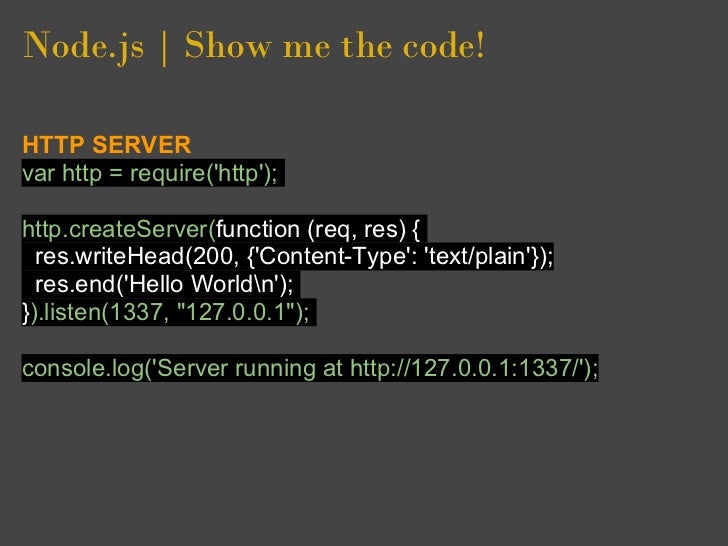

In order to demonstrate how to set up WebSockets with Node and WS, we have built a demo app which shares users' cursor positions in realtime. Since WebSockets are natively supported in all modern browsers, it is possible to work with WS on the server and the browser's WebSocket API on the client. It's quite low level: you listen to incoming connection requests and respond to raw messages as either strings or byte buffers. There are a few common WebSocket server libraries that make managing WebSockets easier – notably WS, SockJS and Socket.IO. This is why developers commonly use a library to manage this for them. WebSockets on the server can become complicated as the connection upgrade from HTTP to WebSockets requires handling. Node.js can maintain many hundreds of WebSockets connections simultaneously.

To use them on the server, a backend application is required. Using WebSockets in the front end is fairly straightforward, as there is a WebSocket API built into all modern browsers. WebSockets let developers build realtime functionality into their apps by enabling the sending off small chunks of data over a single persistent connection, in both directions. Then we’ll talk about the reasons one might choose a third-party service to manage their WebSockets connections. We’ll look at how each library is used, and why you might choose it for your project. This post will look at implementing a couple of low-level WebSockets libraries with Node.js as the WebSocket server.


 0 kommentar(er)
0 kommentar(er)
